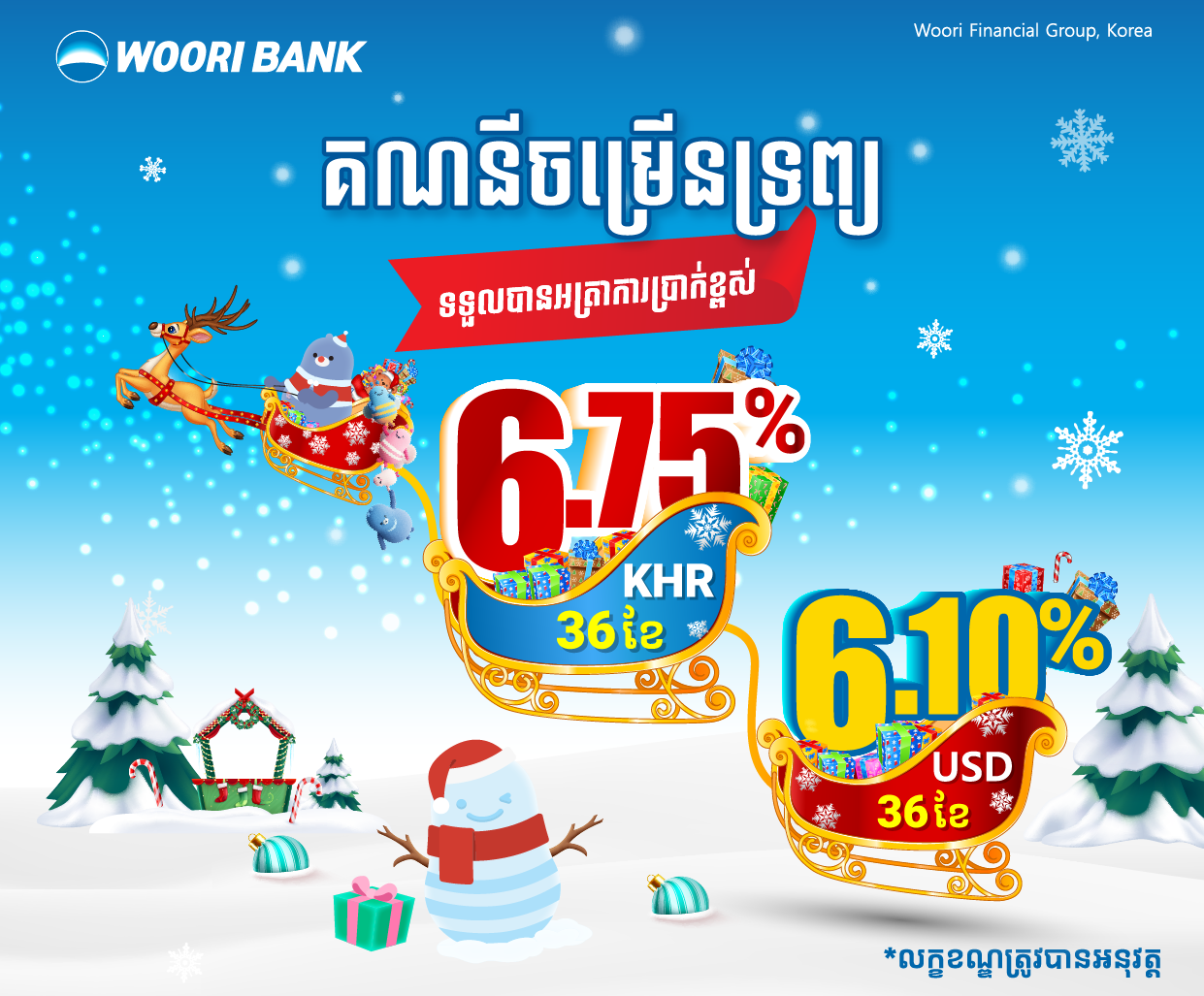
A trot dance troupe performs for Khmer New Year at the Ministry of Civil Service on April 10. Hong Menea
The robam trot, or trot dance, is one of the Kingdom’s popular folk dances, with each having a different meaning. Demand for performances of the trot dance usually goes up around the Khmer New Year holiday, and this year is no different.
Sorn Thearath, 36, leader of the Trot Dance Troupe of the Cambodia’s Children Make the Heaven Association (CCMHA), located in the capital’s Chbar Ampov II commune, told The Post that since April 1, his dance troupe has been busy performing in Phnom Penh, in addition to his organisation’s women’s group who perform the blessing dance.
According to Thearath, this year is better than last year and people are showing more support for traditional dance. Members of his group are from 10 to 18 years old and the association supports them both with accommodations and schooling.
“This year, many more people have contacted me than last year, because Covid-19 is no longer a problem, but I’ve lost contact with some customers,” he said.
Thearath said the CCMHA’s group of trot and blessing dancers have been performing at government institutions, some private companies and at people’s houses. Their performance schedule is booked up from April 1-14, both in Phnom Penh and in the provinces.
The price varies from $50 to $100 or up to $200 depending on the place and guests. The traditional dance is also popular among the community of Cambodians of Chinese descent, who have often booked performances.
He said that the performance of the trot dance takes about ten minutes and maybe another 10 minutes for the blessing dance. All of his dancers, whether children or adults, are expertly trained he said.

A performance of robam trot – or trot dance – is underway at the civil service ministry to bring blessings for the Khmer New Year, on April 10. Hong Menea
Thearath said that performing the trot dance is a way to get rid of the bad and increase good fortune for the upcoming New Year, according to traditional beliefs.
Separately, Thorn Seang Hor, 32, group leader of the trot dancers from Dombae commune and village of Tbong Khmum province’s Dombae district, said that his group is doing well as they have been invited to perform at some schools and private companies. For private enterprises, he charges from 600,000 riel to 800,000 riel.
“This year we are busier than last year when we were affected by Covid-19 and not many customers dared to invite us to perform,” he said.
Siyonn Sophearith, director-general of the Directorate General of Technical Cultural Affairs at the Ministry of Culture and Fine Arts, told The Post that according to his own observations and research, the robam trott is mostly performed in the north-eastern part of country in places such as Siem Reap and Oddar Meanchey.
However, he said, in the south of the country, some people call this dance trot Neang Meav and it is mostly done for Khmer New Year or at harvest time.
He said that Khmer New Year has many traditional dances that are performed with dancers costumed like ghosts as well as other animals. For example, one dance in particular has a hunter and deer.
“Normally, we see that the deer’s horn is stiff as a dead tree, which symbolizes drought. Therefore, the hunter kills the deer and thereby kills the drought. Whether it can chase out evil or bad luck, I won’t claim that because there’s no evidence of it,” he said.















